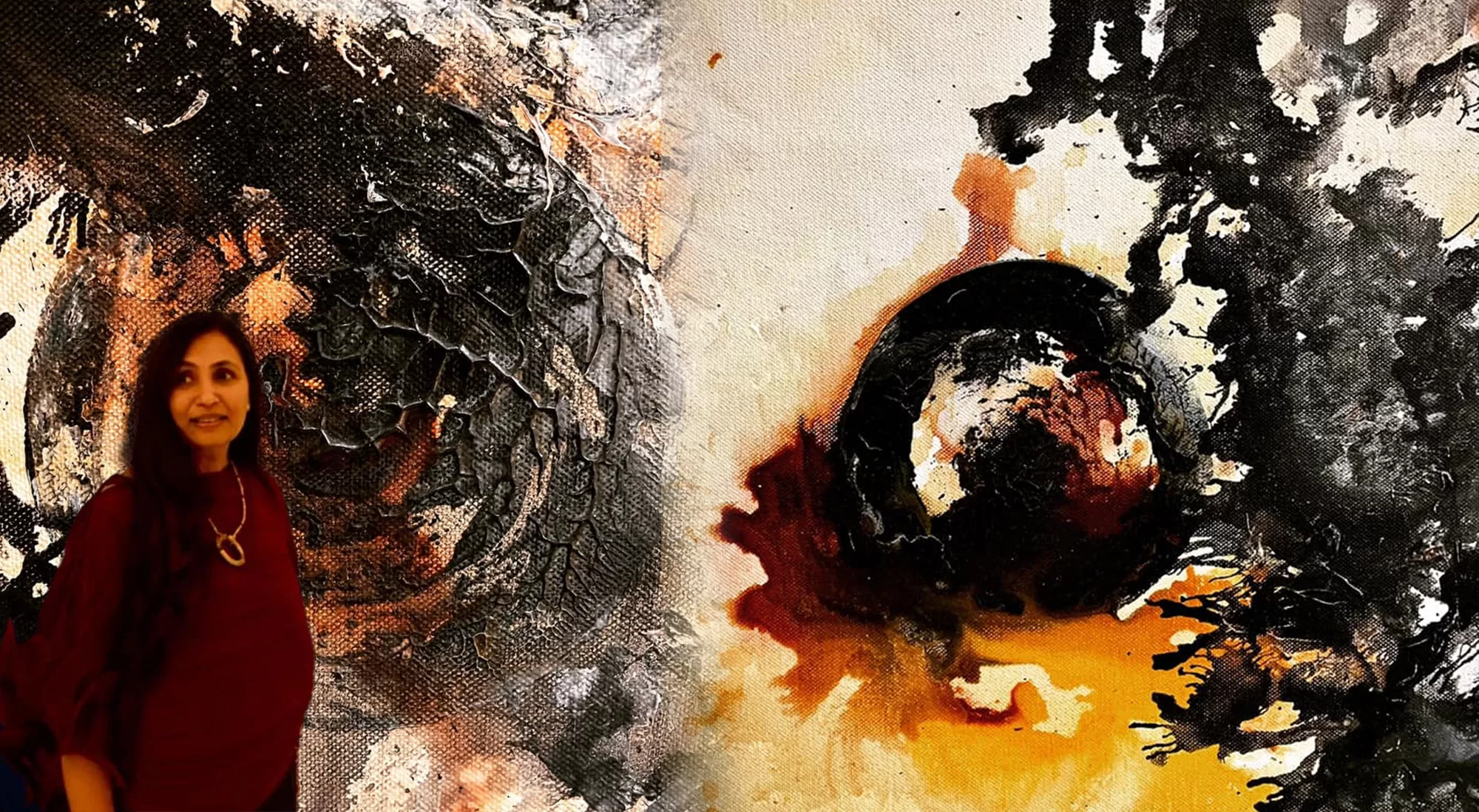Installations are three-dimensional art that can captivate and provoke thoughts in the viewers. Installations have become an important way of expressing the thoughts of artists. It has redefined the boundaries of artistic expression. With the use of natural objects, sound effects and written information, installations enable viewers to step into extraordinary realms with so much to engage and understand the message of artists.
Without any doubt, installations are one of the best creations of artists. Let us see how the installations can engage the audience:
1. Engaging the Senses and Spaces
Installations captivate audiences by engaging multiple senses and transforming physical spaces into artistic realms. Artists utilize a combination of various materials, such as light, sound, sculpture, and interactive elements. By immersing viewers in a multisensory experience, they can participate actively and become a part of the artwork itself. Through the use of space, scale, and the manipulation of surroundings, artists create an environment that encourages exploration, contemplation, and a deep connection with the artwork.
2. Provoking Thoughts and Emotions
Installations are not merely visually appealing; they also provoke thoughts and evoke emotional responses from viewers. Each installation tells a story or addresses a particular theme, inviting viewers to reflect and engage with the artist's intent. Aarti Zaveri, a contemporary artist in Delhi, uses thought-provoking subjects, such as social issues, cultural commentary, or existential questions due to environmental changes. By combining visual elements, symbolism, and interactive components, she creates an immersive experience that challenges perceptions, stimulates dialogue, and stirs profound emotions within the viewers.
3. Creating Dialogue and Interaction
One of the defining aspects of installations is their ability to create dialogue and encourage interaction among viewers. Creative artworks often invite participation, whether through physical interaction, shared experiences, or communal engagement. Moreover, installations act as catalysts for conversations, fostering connections among individuals and sparking meaningful exchanges. By breaking down the traditional boundaries between art and viewer, it encourages active participation, collaboration, and the formation of new perspectives within a shared artistic space.
4. Exploring Identity and Cultural Context
Installations frequently explore themes of identity, cultural context, and human experiences. Through this artwork, artists raise questions of individual and collective identity, the impact of cultural heritage, and the nuances of human existence. Zaveri, the contemporary artist in India often incorporates cultural symbols, traditional motifs, and personal narratives within her installations. She creates an immersive environment that invites viewers to delve into their own identities and reflect upon their place within society. Her installations act as mirrors that reflect the complexities of the human condition and foster a deeper understanding of ourselves and the world around us.
5. Transformative Experiences and Artistic Impact
The immersive installations offer transformative experiences that leave a lasting impact on viewers. By creating unique and engaging environments, they provide an opportunity for introspection, self-discovery, and emotional resonance. The powerful art form can evoke empathy, inspire change, and challenge preconceived notions. For instance, Zaveri invites viewers to step outside their comfort zones, question their assumptions, and explore new perspectives through her artistic expression. The transformative nature of her installations creates a ripple effect, inspiring viewers to carry the essence of the experience beyond the art space and into their everyday lives.
Without any doubt, immersive installations transcend traditional artistic boundaries, engaging viewers on multiple levels and transforming spaces into captivating realms. Through sensory engagement, thought-provoking themes, and dialogue creation in this art form.

